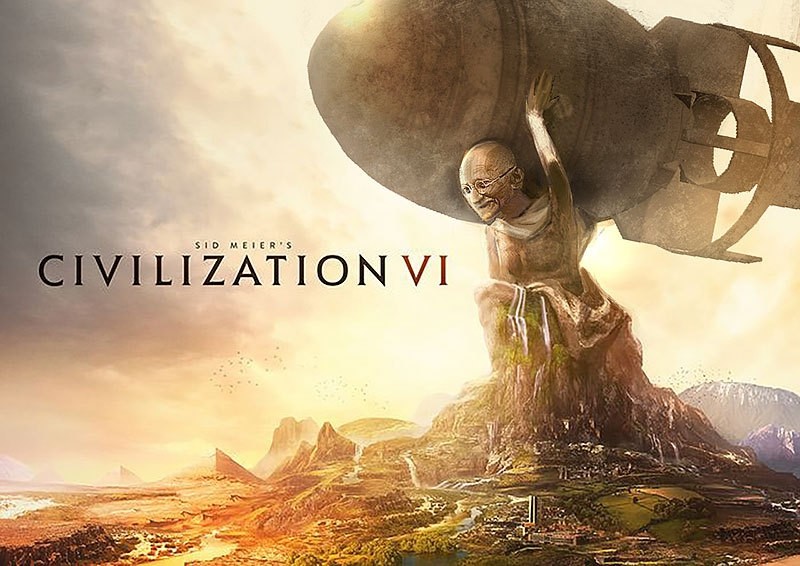Recently, I’ve had the opportunity to have many productive conversations about LEGO Serious Play and composing in the classroom. These conversations have led me to thinking more about what it means to compose through LEGO, specifically how does working with LEGO bricks help us propose a solution to a problem, build a narrative, or open a dialogue? LEGO Serious Play as a training tool is mostly used in corporate environments for the purpose of team-building and problem solving activities, but I’m thinking of LEGO Serious Play more in terms of how we can use the bricks (or possibly LEGO video games) to think about how to brainstorm our way through problems and use the bricks to represent and guide us through solutions.
I’ve been fascinated with LEGO designers and artists for some time now, but I’ve recently begun thinking more about how designers and artists are composing through their art. I’ve written about it some in the past. For example, Nathan Sawaya’s response to LEGO’s “cease and desist” order or Ai Wei Wei’s use of the bricks for political purposes and the backlash that followed. Both of these artists are not just designing LEGO art, they are telling a story, creating a narrative, perhaps even opening dialogues. They are using the bricks to push back against ideas, political or otherwise. Sawaya’s use of the skulls is most interesting here because he designed the skulls in response to LEGO asking him to stop. The skulls were meant to push against the idea that LEGO bricks are just for kids.
The ability to compose, create, and visualize with LEGO is one of my favorite uses of the bricks, and also one of the aspects I find most disappointing about the design and gameplay of most LEGO video games. I love LEGO video games (especially LEGO Batman 2), but I find I can’t play them for long periods of time because I tend to want to just go play with the LEGO Bricks. Most LEGO video games, especially more recent ones, follow a very predictable pattern, which leave zero room for creating or composing. For example, in LEGO Jurassic World, it’s pretty easy to figure out what needs to happen, especially if you have seen the movies. The player is never creating. Instead, the player is just following a script. LEGO Worlds might be the exception to this. I’ve never played it, but the game seems to come the closest to something that would actually allow the builder to create a world and compose a narrative. But, for me, LEGO Worlds would probably still seem to be missing something. For me, the materiality of the bricks and the constraints inherent in the brick make visualizations and composing more meaningful. I imagine some would find LEGO Worlds more compelling that the actual bricks; Minecraft is very similar and very popular, but for me, the digital just does not compare the to physical in regards to LEGO bricks.
When I roam around the internet (often on Reddit), I see many examples of My Own Creations (MOCs) that are telling a story or at least beginning to tell a story. One of my favorite designers, Mike Doyle, for example, creates intricate and melancholy designs that I imagine could be the setting of a novel. Others attempt to solve problems using LEGO Bricks. The documentary, LEGO: A Brickumentary gives an overview of several ways organizations use LEGO bricks to helps solve problems from visualizing city planning and traffic patterns to visualizing more abstract concepts involving communities and class. Through these visualizations, groups are able to both begin to tell a story and to begin to work toward solving community challenges and hopefully begin to open dialogues about the challenges facing their communities. These visualizations meant to tackle problems through LEGO builds are how I see the beginnings of composing through LEGO. Visualizations come in many forms, of course, but LEGO bricks offer complimentary means of visualizing, composing, and starting conversations. Composing through LEGO allows players (both serious or otherwise) to work through abstract concepts work toward visualizing outcomes.




